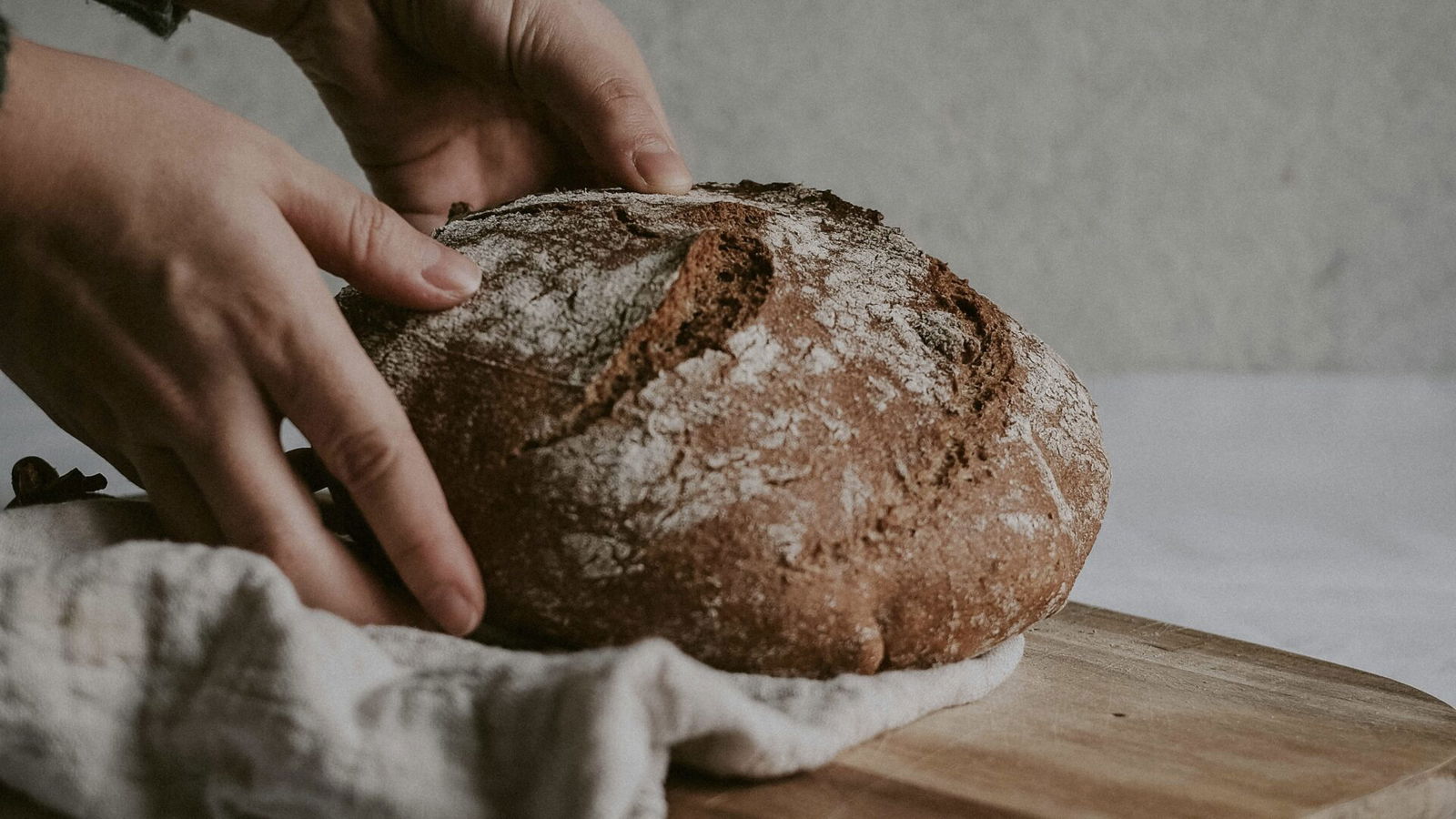
By Michaela Gordoni
In the last couple of years, there’s been a rise of wives and moms on social media feeding goats, watering vegetable patches and making sourdough — but why?
Much of the content emphasizes stability, reliance on and appreciation for a spouse taking care of them financially and displaying the values of faith and staying at home, Relevant reported.
A 2024 study in the Journal of Contemporary Ethnography observed that tradwives create content that is a return to the past but is also “politically charged.” The researchers said it is antifeminist ideology that’s presented as an aesthetic lifestyle.
One influencer, former Mrs. Arizona Ivy Van Dusen said, “Before women were called tradwives, they were called stay-at-home moms. And before that — just women.”
Related: Alexa PenaVega: ‘God Pulled Me Out of [Hollywood] So I Could Be An Awesome Mom And Wife’
There are thousands of #tradwife posts across social media platforms, and the movement is only gaining speed.
Some researchers believe women are turning to the lifestyle after feeling cultural or work fatigue.
“The US is the only advanced economy that has had declining female labor-force participation in the last 20 years,” said Kate Bahn, PhD, chief economist and SVP of research at Institute for Women’s Policy Research. “The lack of a sufficient system of support for caregiving pushes women out of the labor market.”
Sociologist Marika Lindholm says women are attracted to an easier life with financial security, tired of the hostile labor market and have no childcare “safety net.”
One study compared American and Turkish women. It found that financial instability and post-COVID anxiety have influenced the stay-at-home movement.
Though many tradwives claim they don’t work, they are content creators. Like any other creator, they spend hours to edit and film their videos. And one trad influencer, Jasmine Darke, charges wannabe homemakers $5,900 to attend her tradwife training course.
“Although their entire lifestyle revolves around so-called traditional values, they are constantly attached to their very modern smartphones,” writer Lauren Brown West-Rosenthal wrote. “They pretend that their husbands are the anchor of their families — but the only reason their families are getting any recognition at all is because of their social media-based labor.”
It’s uncommon to find a #tradwife post that shares any downsides to the lifestyle or the difficulties that inevitably come with it for some. There are those who may struggle financially, in their marriage, parenting, cooking and other tasks.
One British tradwife, Alena Kate Pettit, who gained attention for her lifestyle in 2020, is alarmed at what the movement has now become. She says the wives are getting “younger and younger, and more polished than realistic.” She noticed “a shift in the movement from being something that the community talked about intelligently, to having it hijacked by others for ‘notoriety’ or fame.” Everything is aesthetic.
For many moms, staying at home is a luxury they can’t afford. Their household depends on the income they bring in — especially single moms. For them, watching tradwife content, which seems to idealize and perfect life unrealistically, doesn’t feel like a possible reality.
While tradwife content often presents wholesome values, like instilling good morals in children and a strong respect for family, it seems as though the movement might be a little too glossy. And everything isn’t as simple as it seems.
Read Next: Bruce Willis’ Wife Responds to Criticism Over Caregiving Role
Questions or comments? Please write to us here.


 - Content:
- Content: 

